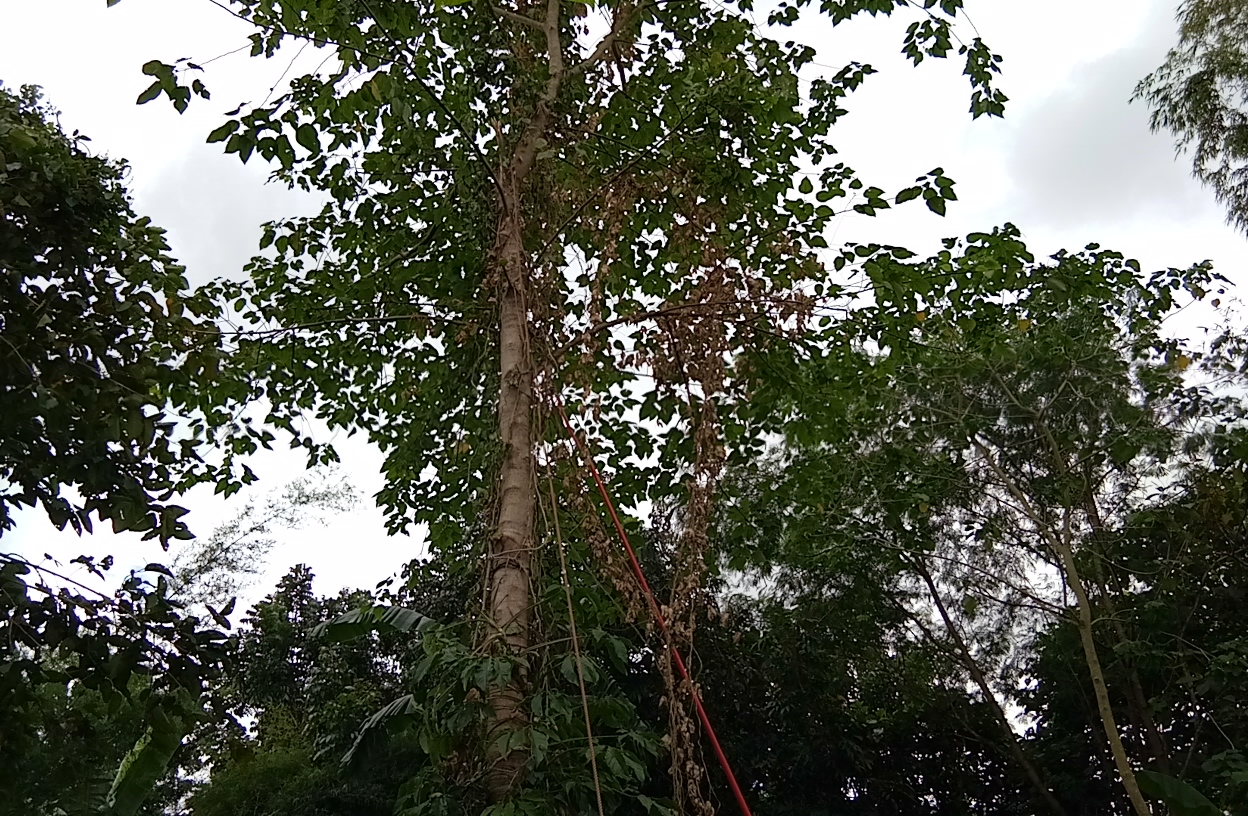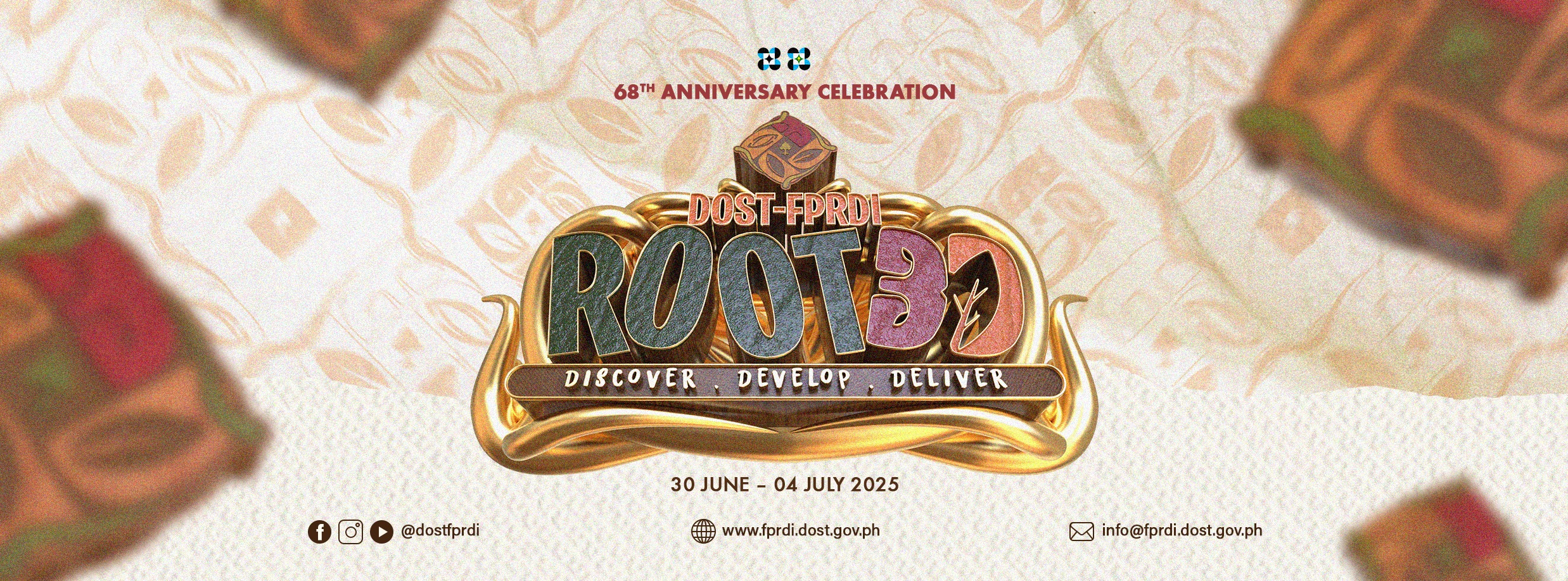
Paper mulberry – no longer a pest?
- Details

We want to help control the continued spread of paper mulberry in the country – not by killing off the shrubs - but by finding possible uses for their wood,” says Project Leader For. Pablito Alcachupas. “And the initial findings of our study have been promising.”
“Our trials showed that paper mulberry wood is easy to saw, dry and machine. From the wood, we were able to produce charcoal, briquettes, handmade paper and light-load bearing furniture that passed quality standards. We are especially excited with the results of our charcoaling and handmade paper trials as we envision the various local communities that could later on benefit from using this pest plant.”
The research project was funded by DOST-Philippine Council for Agriculture, Aquatic, and Natural Resources Research and Development (PCAARRD). In the next two years, the Council will also fund the DOST-FPRDI project that will look into the regeneration of paper mulberry. The researchers will study the ability of trees to grow new shoots after being cut down.
“The long-term goal,” says For. Alcachupas, “is to be able to establish well-managed paper mulberry plantations in the future.” (Rizalina K. Araral/ April 26, 2019)#











